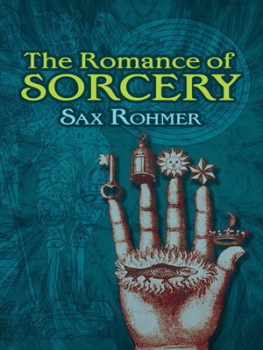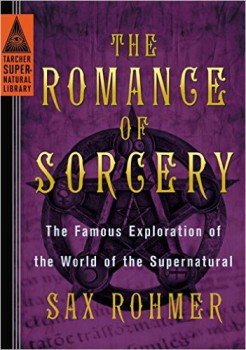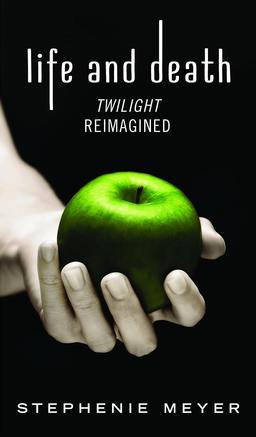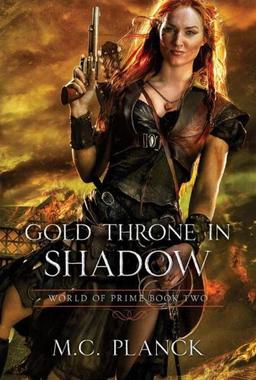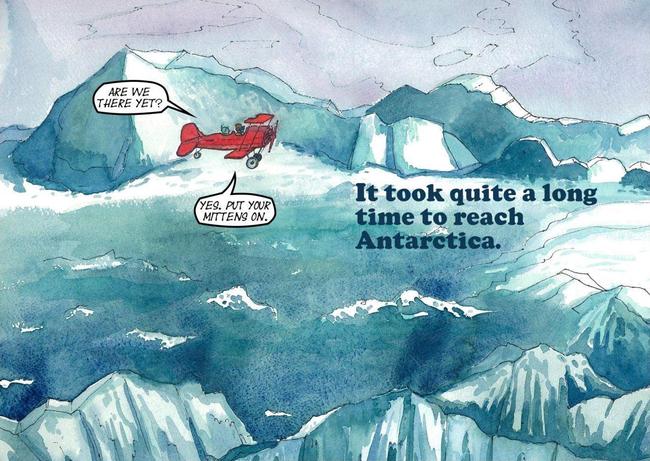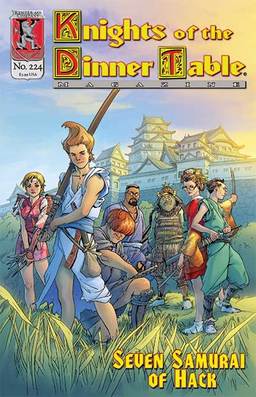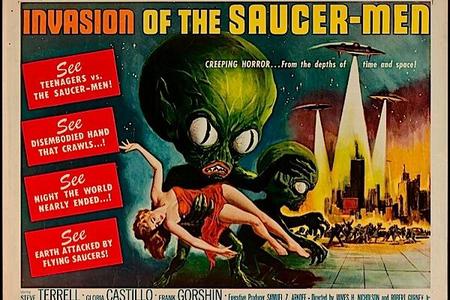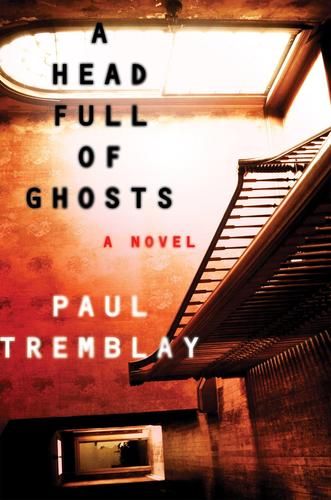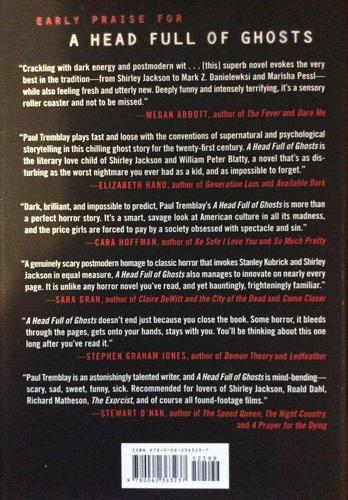New Treasures: Last Song Before Night by Ilana C. Myer
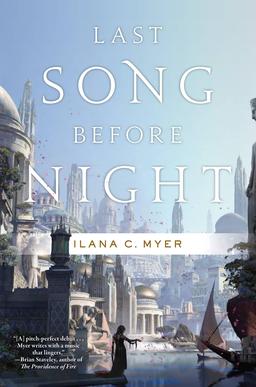 It’s always a delight to see a debut fantasy writer make a profound splash on the industry. Ilana C. Myer’s first fantasy novel, Last Song Before Night, hit shelves on September 29, and it’s already collected a hat-full of rave reviews. BG blogger Alex Bledsoe said:
It’s always a delight to see a debut fantasy writer make a profound splash on the industry. Ilana C. Myer’s first fantasy novel, Last Song Before Night, hit shelves on September 29, and it’s already collected a hat-full of rave reviews. BG blogger Alex Bledsoe said:
I was totally drawn in to Last Song Before Night… the story is as grand as a Wagner opera.
David Mack said:
It’s one of the most impressive debut novels I’ve ever read; I am in awe.
And in a feature review, NPR said:
Myers’ depiction of Tamryllin and the land it inhabits is shadowy and lush, a tapestry of gossamer wonders as well as theocratic oppression and brutality. But the core of Last Song‘s strength is its characters. Bound by enmities, rivalries, lust, sacrifices, and ancient tragedies, the novel’s sizeable cast forms a dizzying chemistry… Last Song Before Night is about music, but it’s also a work of music itself: Lyrical, dynamic, and winningly melodic.
See our previous article about the book here.
Last Song Before Night was published by Tor Books on September 29, 2015. It is 416 pages, priced at $26.99 in hardcover, and $12.99 for the digital version. The cover is by Stephan Martiniere. Read more at Myer’s website here.
